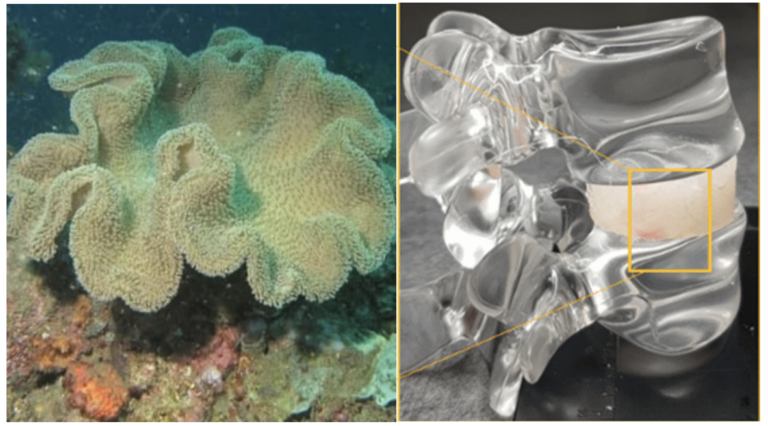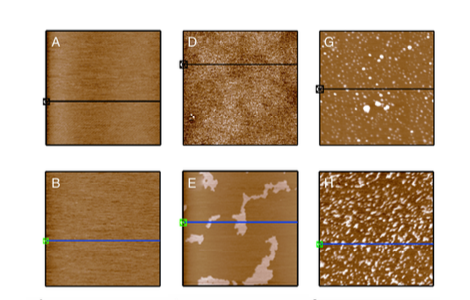BGU recommend a new type of “antibiotic” generated from the long pepper

Antibiotic resistant bacterial pathogens are on the rise, while fewer antibiotics are being developed. Prof. Ariel Kushmaro and his local and international colleagues tackled the need by focusing on the long pepper. Known in traditional medicine for its treatment of a variety of illnesses, the team created a derivative that disrupts bacterial chemical communication.
Many plants’ secondary metabolites are essential for plant protection against microbial pathogens. These compounds have long been considered an important source for drug discovery. The synthesis of new derivatives of these metabolites increases the probability of finding new drugs for many therapeutic purposes.
In the study, sixteen derivatives of Piperlongumine (PL), an amide alkaloid from Piper longum L., were screened for Quorum Sensing Inhibition (QSI). Quorum Sensing (QS) uses auto-inducers to control bacterial concentration. PL-18 had the best QSI activity.
PL-18 both reduced bacterial virulence and disrupted the biofilms that protected their sample bacteria. Altogether, PL-18 inhibits QS, virulence, iron uptake, and biofilm formation. Thus, PL-18 should be further developed against bacterial infection, antibiotic resistance, and biofilm formation.
Additional researchers from Prof. Kushmaro’s lab included: Yael Schlichter Kadosh and Marilou Shagan.
Additional researchers from BGU included: Khairun Nisaa, Prof. Anat Ben-Zvi, Danit Lisa Karsagi Byron and Prof. Jacob Gopas. They collaborated with Alexander Brandis and Tevie Mehlman, researchers from the Weizmann Institute of Science, and Subramani Muthuraman and Rajendran Saravana Kumar of the Vellore Institute of Technology in India.
First author Yael Schlichter Kadosh was supported by the Israel Ministry of Science & Technology. The research was partially supported by the Avram and Stella Goldstein-Goren Fund.
Prof. Kushmaro is a member of the Avram and Stella Goldstein-Goren Department of Biotechnology Engineering, the Goldman Sonnenfeldt School of Sustainability and Climate Change, and the Ilse Katz Center for Nanoscale Science and Technology.
Their findings are published in Biofilm




